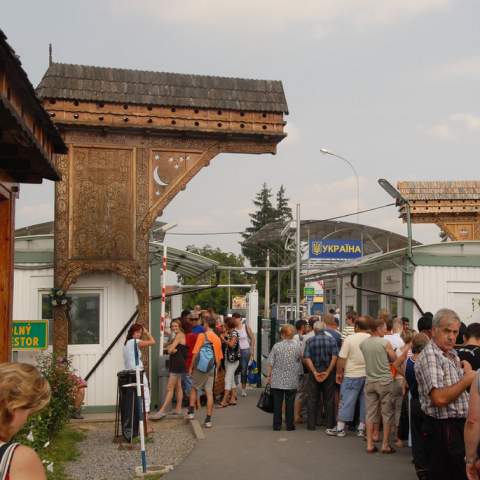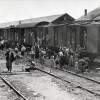
During the delineation of borders after the Treaty of Trianon, economic considerations often took precedence over ethnic ones. This was evident in the inclusion of large Hungarian minorities within newly formed nation-states, where factors like the routes of railway lines, river courses, agricultural lands, and raw material deposits held greater significance than the linguistic composition of the population. As a result of Trianon, numerous settlements were divided by the new borders, leading to instances where formerly unified communities were split in two. A notable example was Komárom, where the Danube River served as a natural boundary, separating the town into Czechoslovakian and Hungarian territories. However, one of the most extreme cases occurred after World War II. Transcarpathia, initially transferred to Czechoslovakia by Trianon, was later ceded to the Soviet Union.
As a consequence, the borders were redrawn, resulting in the division of Nagyszelmenc, a village inhabited by Slovak Hungarians, into two parts: Nagyszelmenc in Czechoslovakia and Kisszelmenc in the Soviet Union. This partition earned Nagyszelmenc the moniker "Little Berlin," reminiscent of the divided German capital. The absurdity of the situation was highlighted by homes straddling the border, with someone's house in one country and their garden in another. Unlike Komárom, where at least one part remained within the "mother country," both parts of Nagyszelmenc found themselves in non-Hungarian speaking nations. Despite no changes to the borders since then, the divided state persists to this day: Nagyszelmenc remains in Slovakia, while Little Szelmenc is situated in Ukraine.

